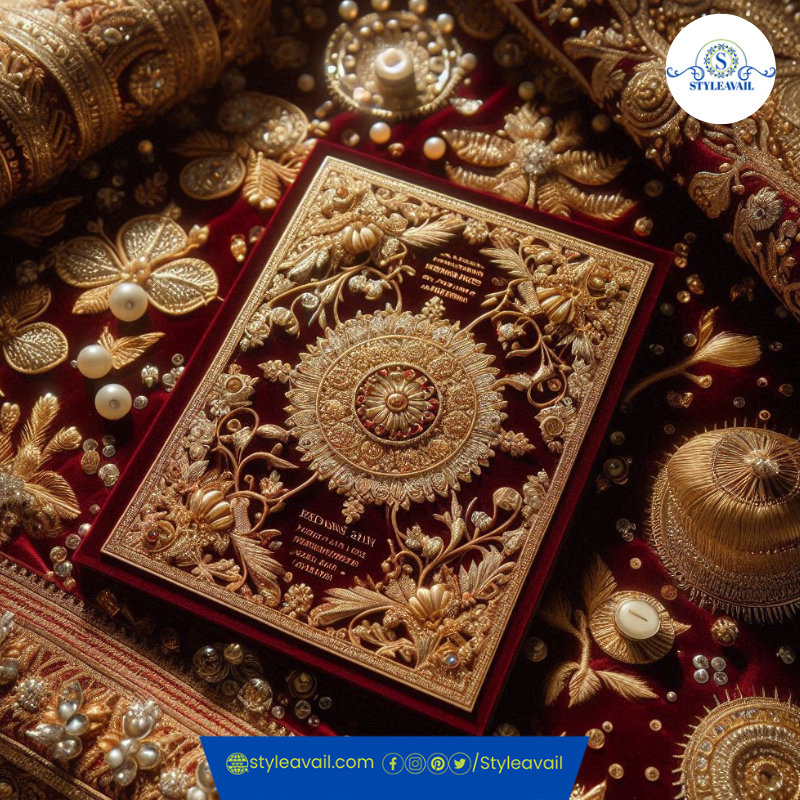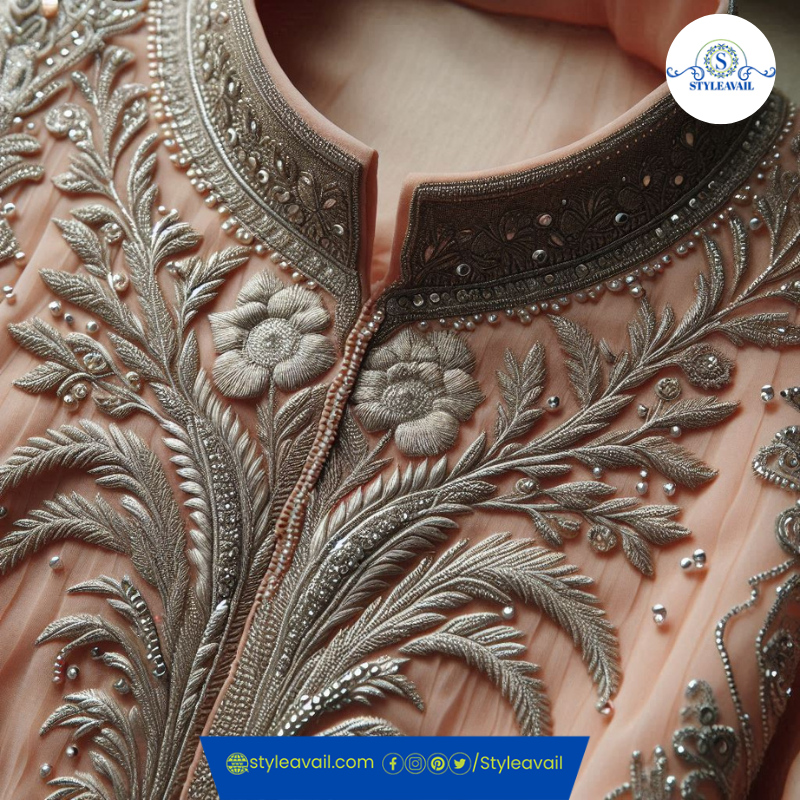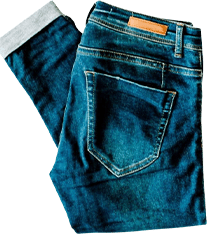Mukesh embroidery, an age-old embellishment technique, has stood the test of time, captivating designers, artisans, and fashion enthusiasts alike. Originating from the Mughal era, this intricate art form involves inserting metallic wire into fabric to create breathtaking motifs and patterns. Whether enhancing silk lehengas, cotton dupattas, or modern couture ensembles, Mukesh embroidery represents a seamless blend of tradition and luxury.
For those looking for authentic Mukesh-Dresses outfits, explore our Styleavail, where craftsmanship meets elegance.
The Rich Heritage of Mukesh Embroidery Techniques

Origins in the Mughal Era
Mukesh embroidery, also known as Mukaish or Muqaish, traces its roots to the Awadh region near Lucknow. Initially a hallmark of royalty, it was used to embellish chikankari embroidery, adding a shimmering effect to fine silk and cotton garments worn in royal courts and festive gatherings. Over time, Mukesh embroidery flourished across India and Pakistan, particularly in regions like Sindh and Balochistan, where artisans mastered this exquisite technique.
The Evolution of Mukesh Work
Initially, Mukesh embroidery was done using real gold and silver wires, making it a highly exclusive and expensive craft. With changing times, artisans adapted, using metallic-coated threads while still preserving the intricate detailing and craftsmanship that define Mukesh embroidery today.
The Intricate Process of Mukesh Embroidery
Creating Mukesh embroidery requires precision, patience, and immense skill. The process involves several intricate steps:
1. Fabric Selection
The choice of fabric plays a crucial role in Mukesh embroidery. Commonly used fabrics include:
- Silk: Ideal for heavy bridal wear and formal attire.
- Cotton: Lightweight and perfect for casual yet elegant outfits.
- Chiffon & Georgette: Used for flowing dupattas and evening wear.
2. Pattern Tracing and Design Transfer
Designers use carbon paper and transfer pencils to sketch elaborate patterns onto the fabric, ensuring precise placement of embellishments.
3. Embroidery Process
Using a needle and metallic thread, artisans employ various techniques to insert shimmering twisted wires and strips into the fabric. Depending on the complexity, the embroidery can take days or even weeks to complete.
Traditional Mukesh Embroidery Techniques
Mukesh embroidery consists of different styles, each with its unique charm:
Fardi Ka Kaam (Dot Work)
One of the simplest forms, this technique involves creating small, closely spaced dots on the fabric, giving it a delicate yet radiant effect.
Kamdani Embroidery
A more elaborate form of Handmade Mukesh embroidery, Kamdani features dense floral motifs and intricate patterns stitched with metallic embellishments.
Badla Work
This involves geometric and floral designs, commonly used in wedding ensembles and couture collections.
Mukesh Embroidery in Modern Fashion
Mukesh embroidery has transcended generations, seamlessly blending with modern fashion. Top designers, including Bhandari, have incorporated it into their runway collections, reinventing it for contemporary fashion lovers.

Trendy Mukesh-Embroidered Outfits
- Lehengas and Saris: The perfect blend of tradition and glamour.
- Dupattas and Cholis: A timeless favorite for ethnic wear lovers.
- Bridal Ensembles: Mukesh embroidery remains a staple in Pakistani bridal couture.
Looking for exclusive Mukesh-embroidered designs? Check out the collection at Style Avail Shop for high-quality, authentic pieces.
Why Mukesh Embroidery is Highly Valued
Mukesh embroidery is renowned for its artistic beauty and craftsmanship. Here’s why it remains a coveted embellishment:
- Rich Cultural Heritage: Deeply rooted in Pakistan’s fashion history.
- Exquisite Detailing: Handmade with intricate motifs and delicate craftsmanship.
- Versatile Appeal: Ideal for traditional and contemporary outfits.
- Luxury Status: A mark of opulence and sophistication.
How to Care for Mukesh Embroidered Garments
Mukesh embroidery is delicate and requires proper maintenance. Follow these tips to keep your outfits looking brand new:
- Hand-wash gently or opt for professional dry cleaning.
- Avoid excessive starching, as it may damage metallic embellishments.
- Store in a cool, dry place to prevent fabric discoloration.
Where to Buy Authentic Mukesh Embroidery
For those seeking finely crafted Mukesh-embroidered ensembles, visit Style Avail Shop for a curated collection of timeless and modern designs.
FAQs
What makes Mukesh embroidery unique?
Mukesh embroidery is defined by its metallic embellishments, intricate motifs, and luxurious finish, making it stand out in traditional fashion.
Why is Mukesh embroidery expensive?
The labor-intensive craftsmanship, fine detailing, and use of metallic threads make Mukesh embroidery a luxury artisanal craft.
How is Mukesh embroidery different from Kamdani?
While Mukesh embroidery is used on silk fabrics, Kamdani is a variation applied to cotton garments, featuring denser, more intricate patterns.
How do I take care of my Mukesh-embroidered outfits?
- Hand-wash or dry-clean for long-lasting quality.
- Store in a breathable garment bag to maintain its shine and texture.
Where can I find Mukesh-embroidered dresses?
For high-quality Mukesh-embroidered outfits, visit Style Avail Shop for a selection of elegant, handcrafted ensembles.
Final Thoughts: The Enduring Legacy of Mukesh Embroidery
Mukesh embroidery is more than just an embellishment—it is an art form that embodies heritage, craftsmanship, and luxury. Whether worn for weddings, festive occasions, or high-fashion events, this exquisite embroidery technique continues to shine through generations. Embrace the beauty of Mukesh embroidery and add a touch of tradition to your wardrobe with our exclusive designs at Style Avail Shop.








